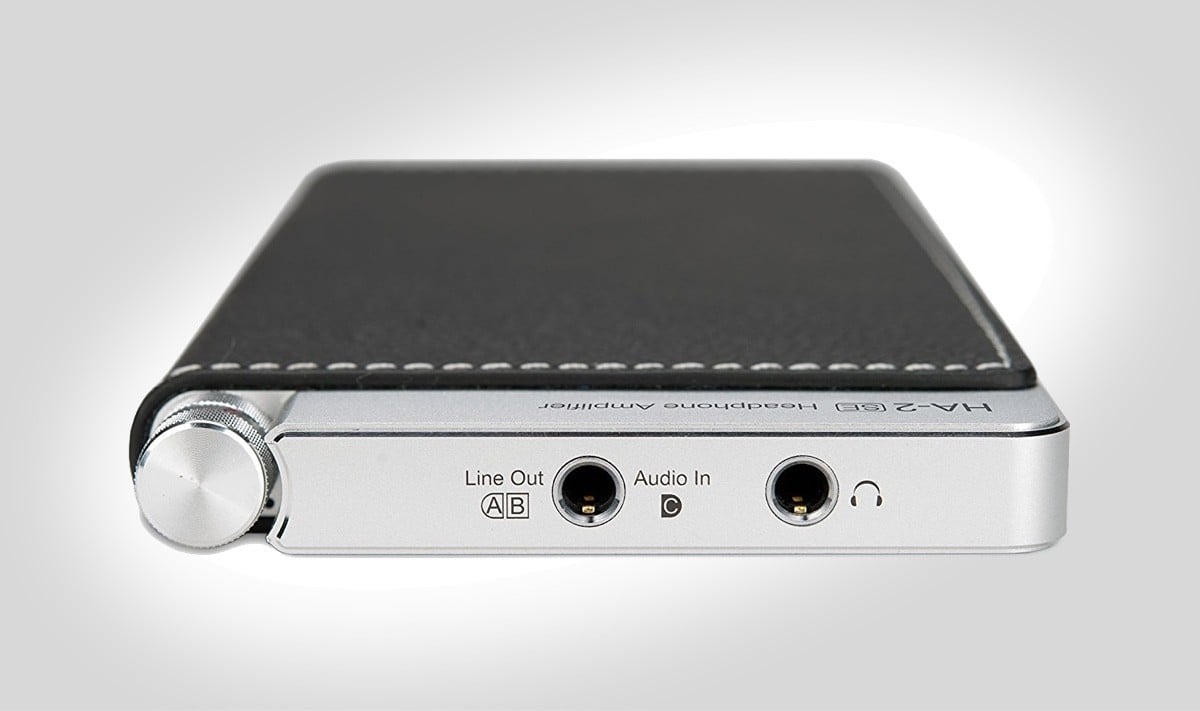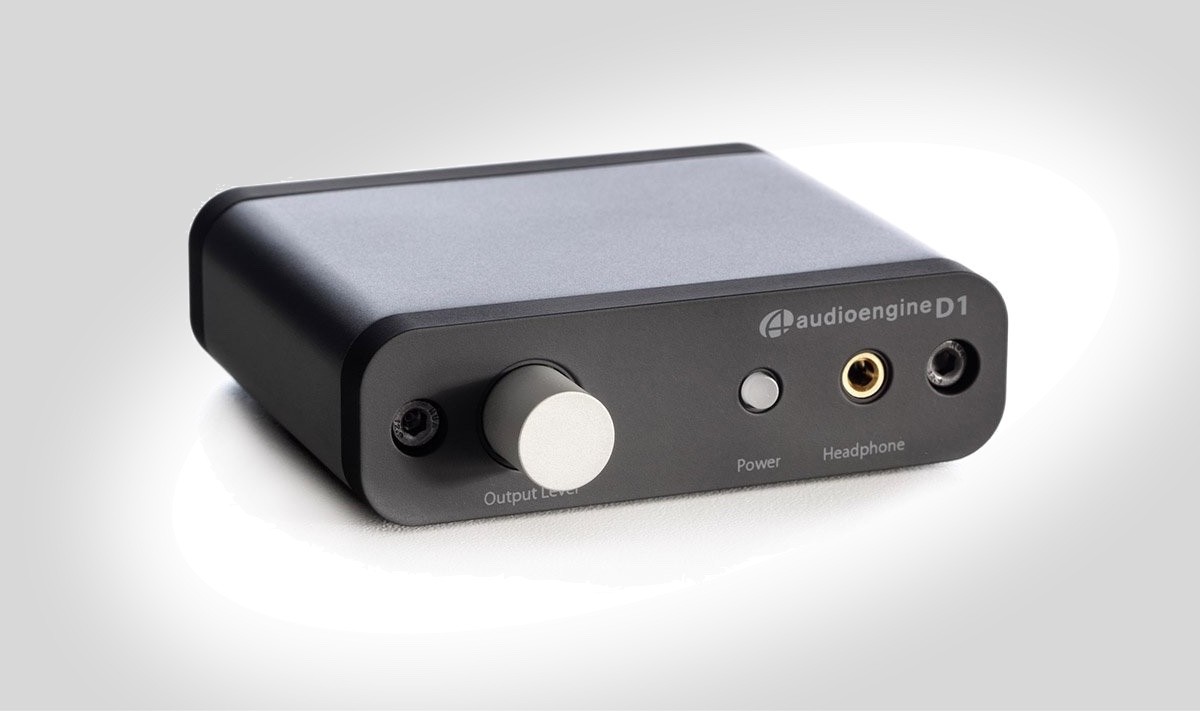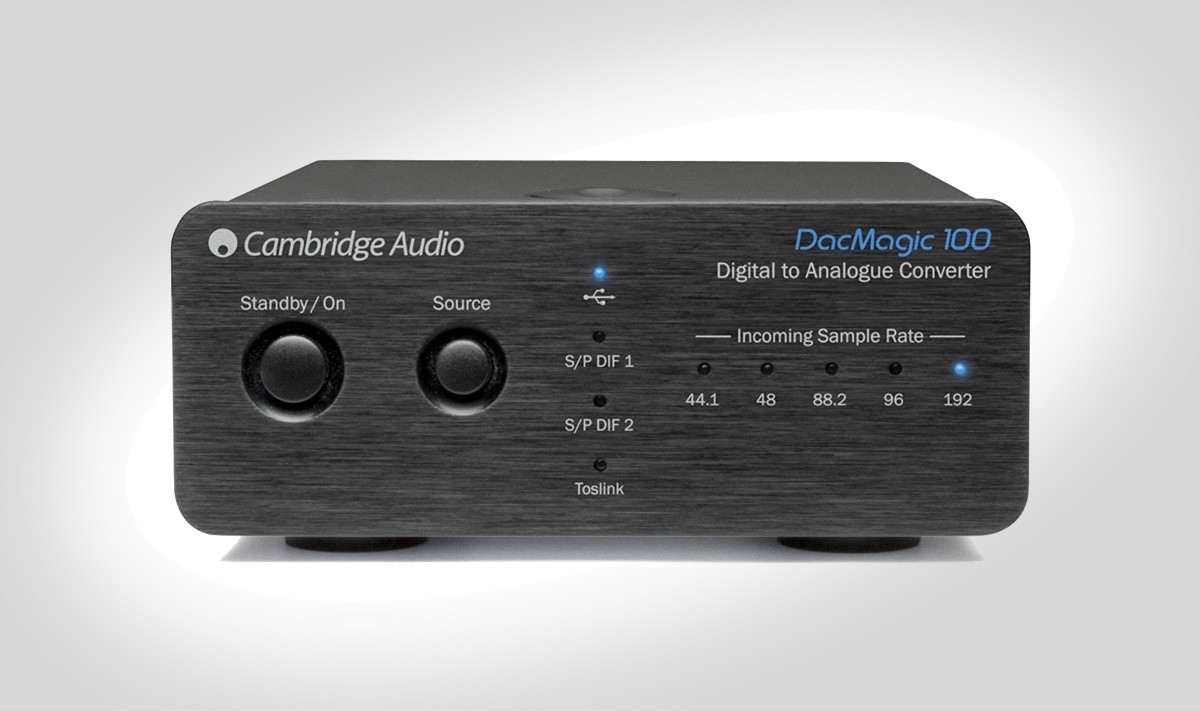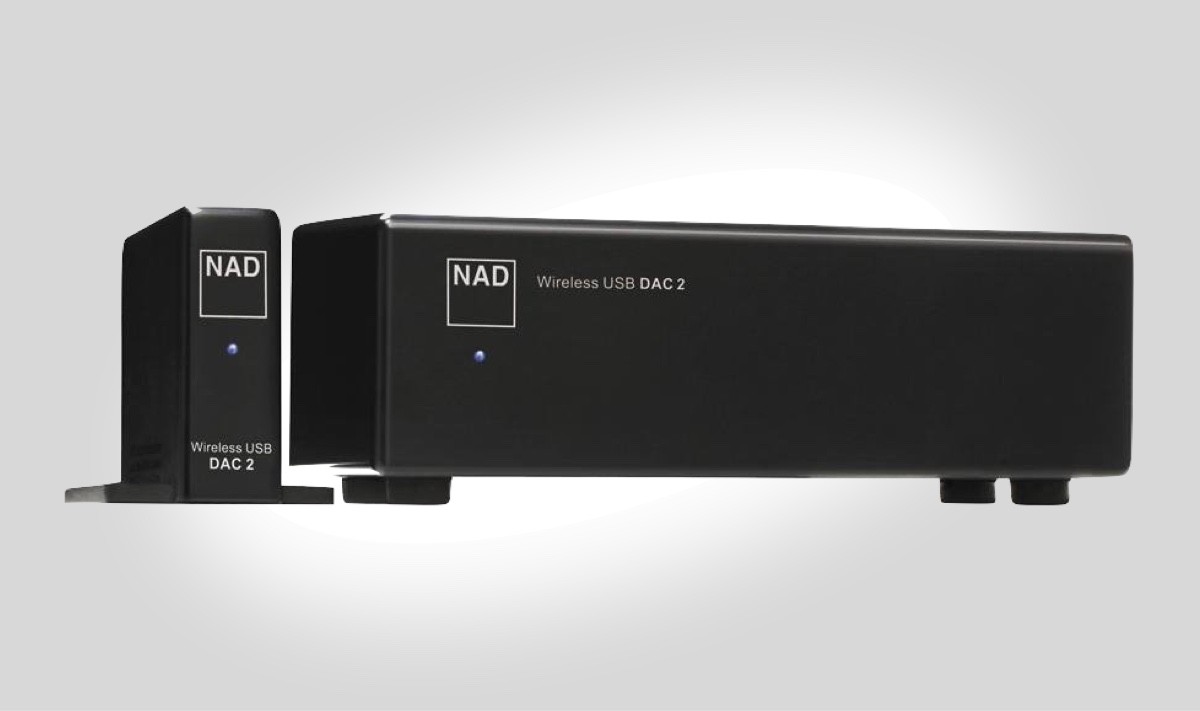Take note: For the sake of brevity, we are assuming that the external DAC comes bundled with an amplifier (amp). A DAC system is fairly self-explanatory. Songs which are stored in digital form, like MP3s and CDs, are represented in digital signals. This handy device takes the digital audio data and translates it into an analog audio signal. That processed signal is then sent to a headphone amp, which elevates the signal to an audible level on a headphone. As such, a headphone DAC offers a powerful, but dedicated, component to the sound equation.
Why Use an External DAC?
You may be surprised to find that many electronic devices already include a built-in DAC and amp. They can exist in either in the form of the speaker output or headphone audio port. Without them, your music would remain a series of 0s and 1s never to be heard by the human ear. But if that is the case, why do you need an external headphone DAC for? Simply put, the quality of the music you hear is determined by the precision of your DAC converter. The aim of any sound system is to preserve and recreate, as much as possible, the true sound of the studio recording to your ear. Whether you should invest in an external DAC depends firstly on the specifics of your existing gears. For the average listener, the quality of an internal DAC is already acceptable. For audiophiles, however, the DAC circuits used in many devices just don’t do the original recording justice, and they desire an upgraded, “cleaner” listening experience.Hence, they upgrade to an external DAC to bypass the inferior built-in audio circuitry.
What problems are a quality DAC trying to solve?
An external DAC bypasses the internal DAC and can fix many problems associated with inferior devices. These issues include:
Jitter Problems Background Hiss Unsupported File Data Rates Unwanted Noise Low Headphone Volume Overall Sound Quality
Jitter Problems
Jitter occurs due to digital timing errors. If the clock in your music device and the internal DAC aren’t in sync, then the audio quality may sound slightly off. A premium DAC achieves a more precise timing, which is vital for digital music streaming.
Background Hiss
Background hiss can be extremely frustrating during the quieter segments of your music. Using an upgraded DAC can clean up the signal quickly and easily, eliminating the noise at its source.
Unsupported File Data Rates
While some DACs may not support all file data rates, an external DAC can. This allows more versatility, and so an external DAC may be the best choice in this situation.
Unwanted Noise
Inferior converters can add unwanted noise during playback because of poorly designed setups. Upgrading to an external version is a welcome remedy, which can also eliminate any interference produced by your sound card.
Low Headphone Volume
Headphones with high impedance or resistance require a high voltage output from your device. Devices with poor amplifiers do not have enough power to produce high audio level, resulting in low volume. One method of increasing the overall volume of your music is by using an external DAC, as many are built with amplifiers.
Overall sound quality
Music aficionados seek dynamic sound quality and fidelity. A superior external DAC can enhance your tunes with improved clarity and marked detail, and generally, outperform inbuilt DACs in many areas.
Is external DAC the silver bullet for high-resolution audio playback?
I often find questions in forums like this: There are various elements, other than the DAC and amp, which can influence playback quality:
The quality of the music file The quality of the headphones
The quality of the music file
To get the optimal effect from your DAC and audio system, you need to start out with good source material. The best results will always come from CD-quality sound and above. My suggestion would be to stick to “lossless” audio formats such as FLAC, WAV, ALAC or DSD formats. On the other hand, we have the “lossy audio format” such as MP3 and MP4. In comparison to “lossless” audio, the compression process can add all kinds of distortion to your music. If you only listen to “lossy audio”, even if you upgrade to an expensive DAC, do not expect to get any extreme sound upgrade. Bear in mind: Rubbish in, rubbish out.
The quality of the headphones
The number of details that you can pick up from your music depends on your headphone. Even if the DAC can accurately recreate the recorded analog signals, the headphone have the final say in how the sound translates into your ear. A headphone with low-end dynamic driver will not sound the same as a headphone with quality drivers. An external DAC will also do little to affect the frequency response that you get out of the headphones. For example, a headphone with v-shaped sound signature have recessed mids and emphasis on the lows and treble. In this case, there is nothing an external DAC can do to affect that.
What are the differences between DACs?
DACs come in many different sizes and offer a range of functionality. For example, some are ideal for headphones, while other types only work with stereo systems. Of course, DACs all come with different price tags, and therefore the one you settle on will depend ultimately upon your requirements and budget.
Portable USB DACs: While USB DACs vary in size, they are the most portable. They come with a headphone socket and a line-level output for speakers. For example, the Oppo HA-2SE is considered an excellent choice as an external DAC for iPhone.
Desktop USB DACs: These are external DACs for PC and are bigger than a standard USB version. They also offer additional digital or analog audio inputs alongside the USB connection. Not all desktop USB units come with a headphone amp so consider your options carefully before you buy. An example of such DAC is the Audioengine D1.
Component Hi-fi DACs: Designed to work with bigger home audio systems, these have more inputs and features, including the ability to support any music format. One such example is the Cambridge Audio DacMagic 100.
Wireless DACs: If you are not carrying around your DAC around, consider investing in a wireless DAC such as NAC DAC 2 for maximum convenience. You can access your music seamlessly with any BlueTooth-enabled devices.
Conclusion
To wrap it up, let’s answer the over-arching question: Well, it depends. Before you shell out tons of money, go through the checklist mentioned above to ensure that your setup is optimal. If the prime suspect for low audio quality is the built-in DAC, you should probably invest in an external DAC, especially when you have gone to the expense of purchasing a nice pair of headphones. Lastly, you will want to consider the factor of “relativity”. If your built-in DAC is already of good quality, any perceived increment in sound quality will be minuscule. This is the law of diminishing returns at work. In essence, consider your set-up, listening needs, how you listen to your music and do your research before investing in an external DAC, but it may indeed make all the difference.



